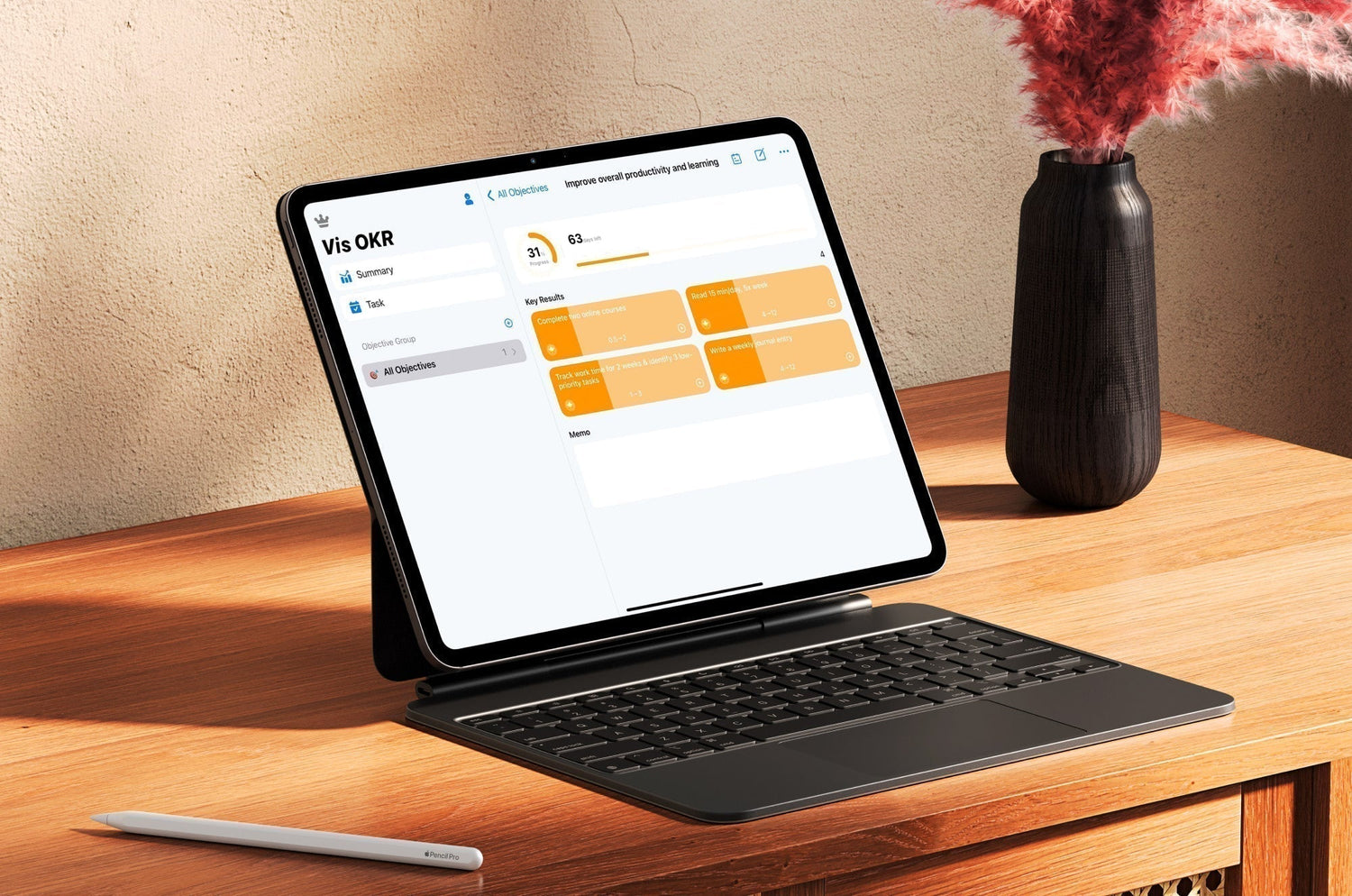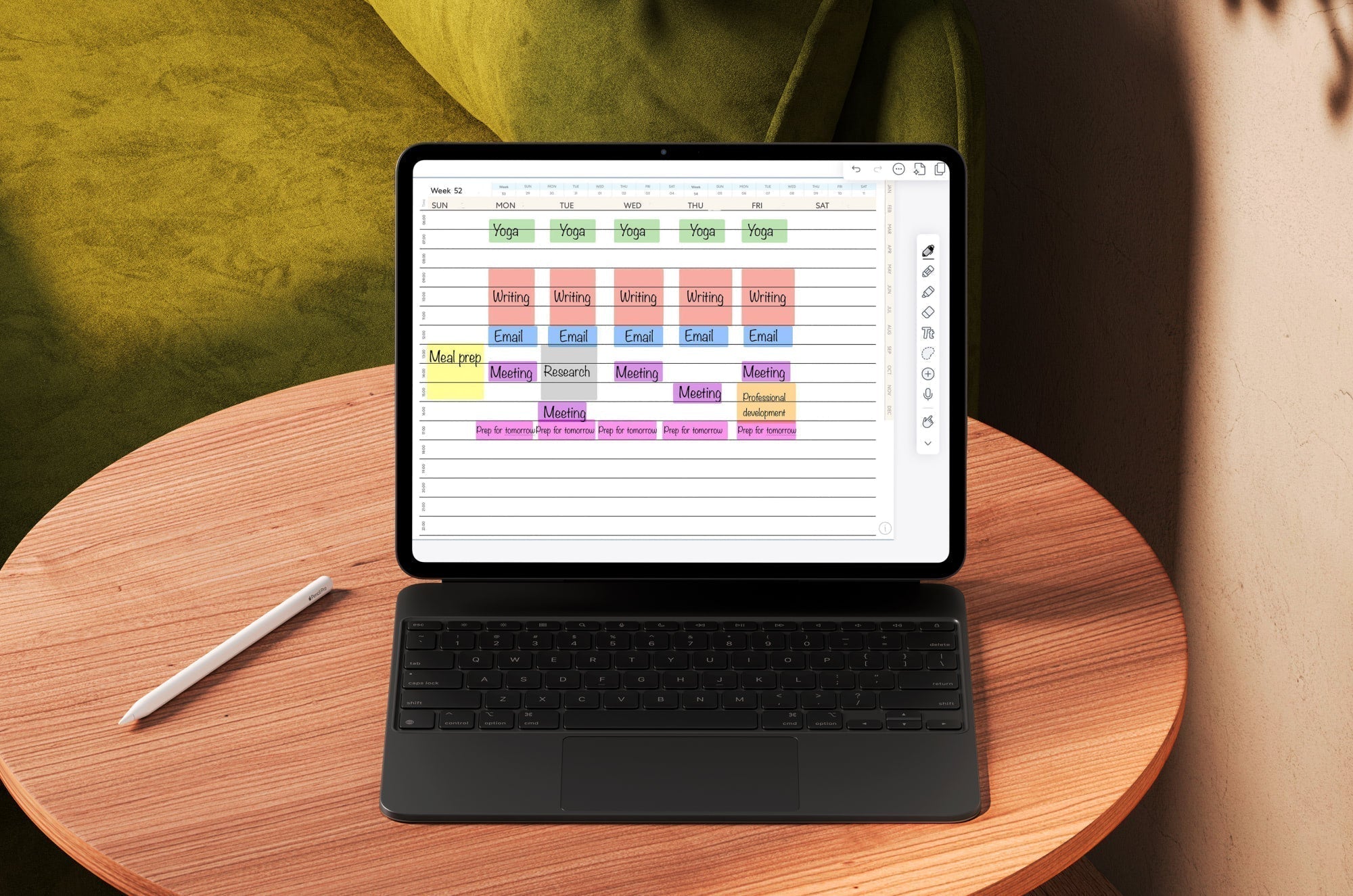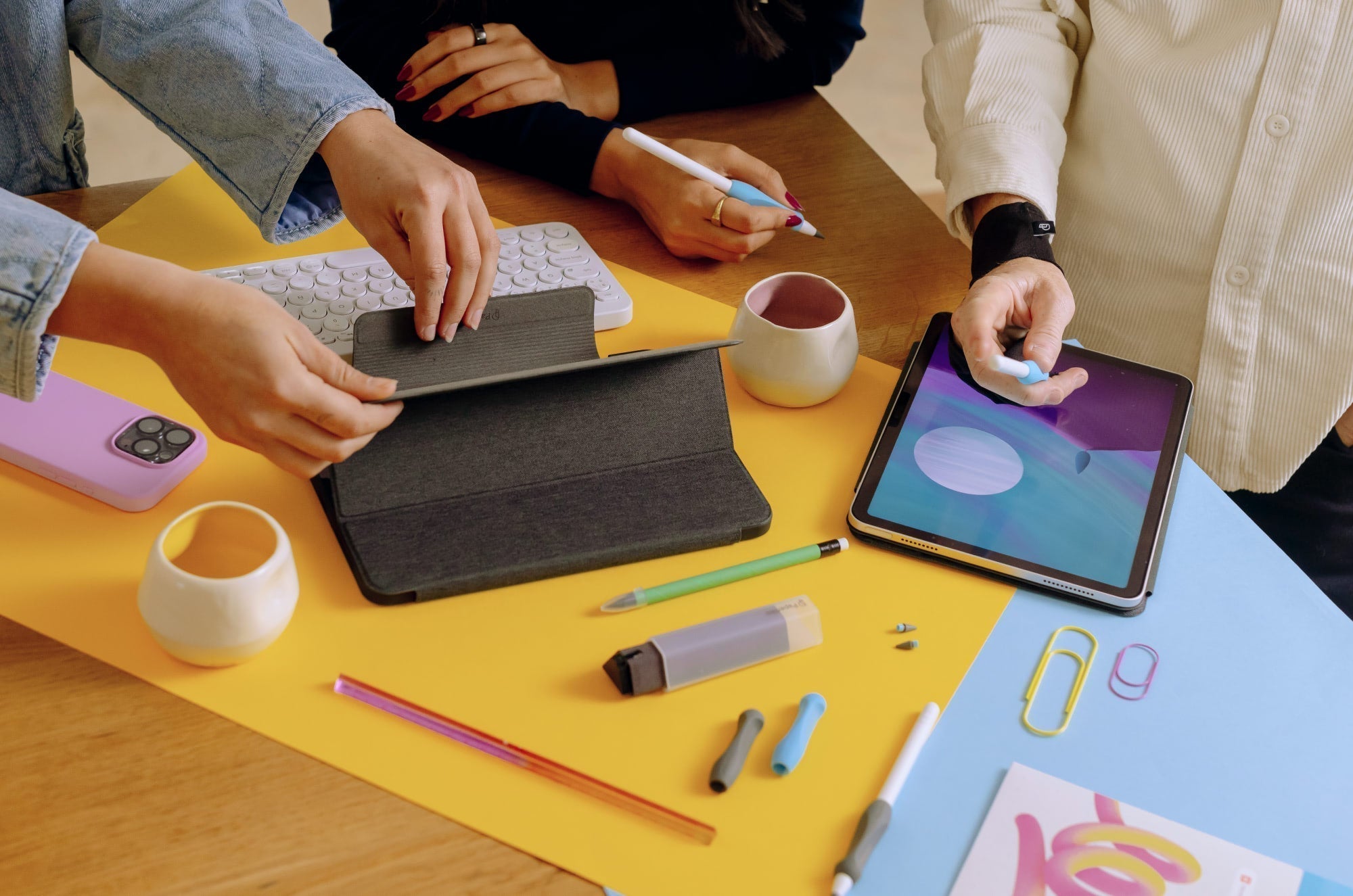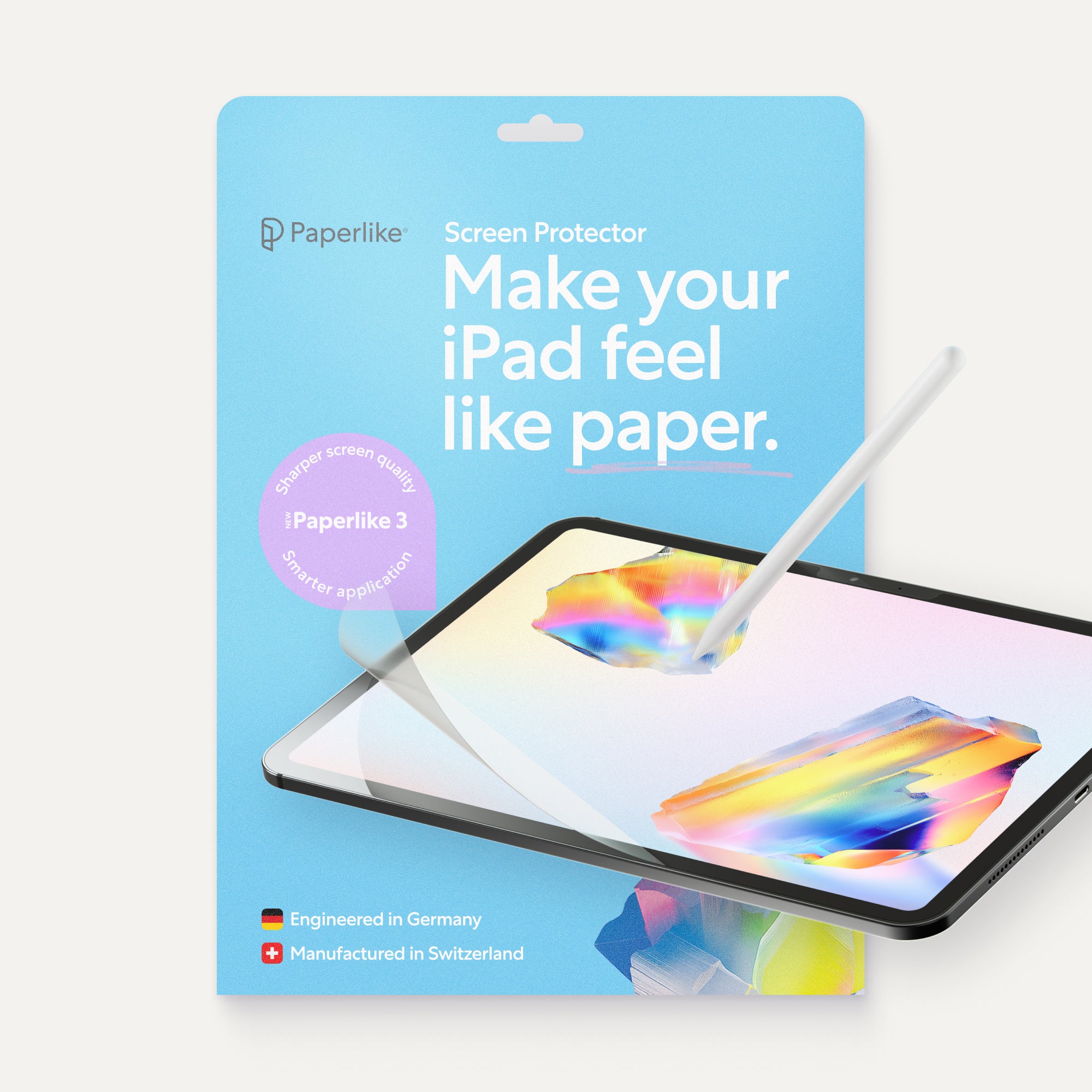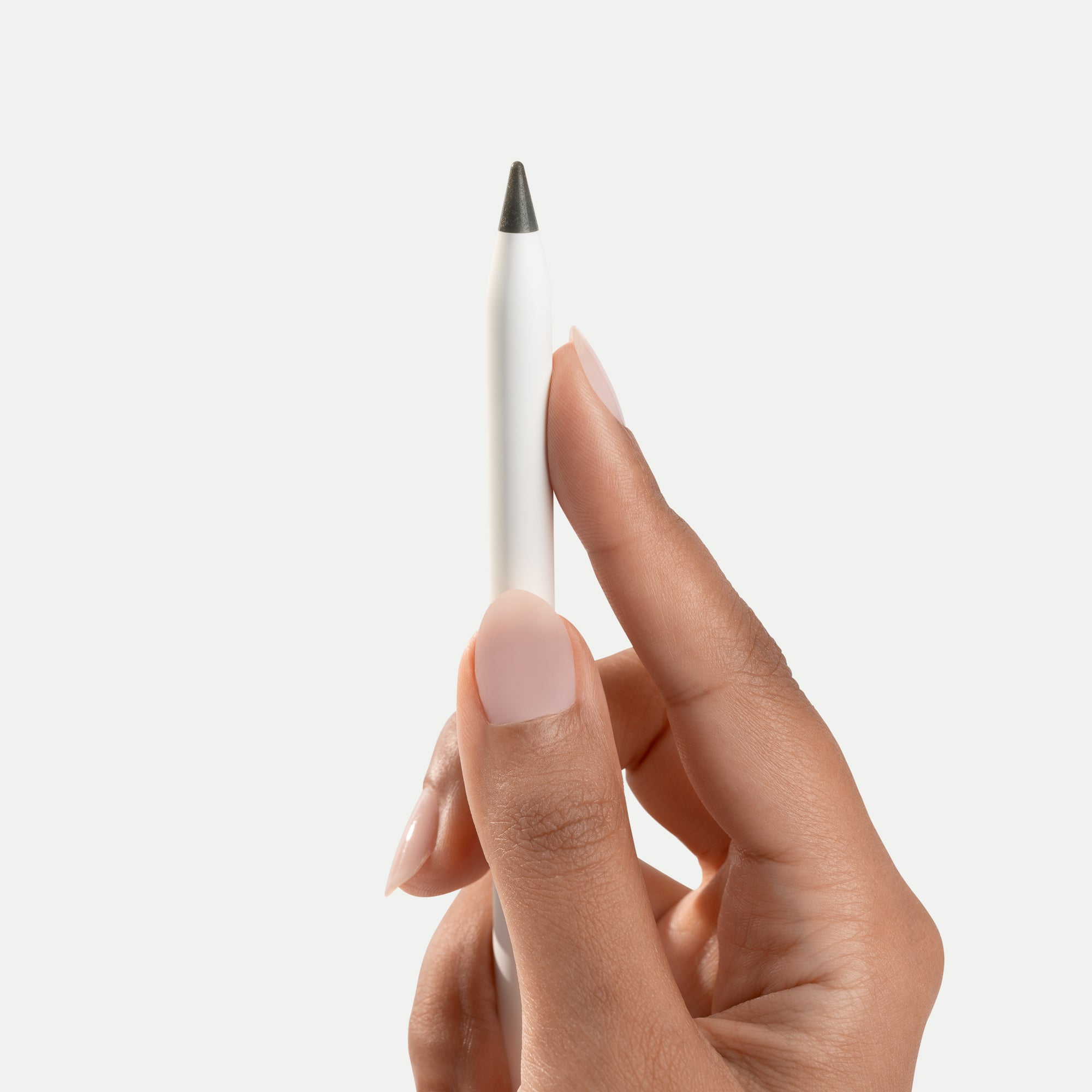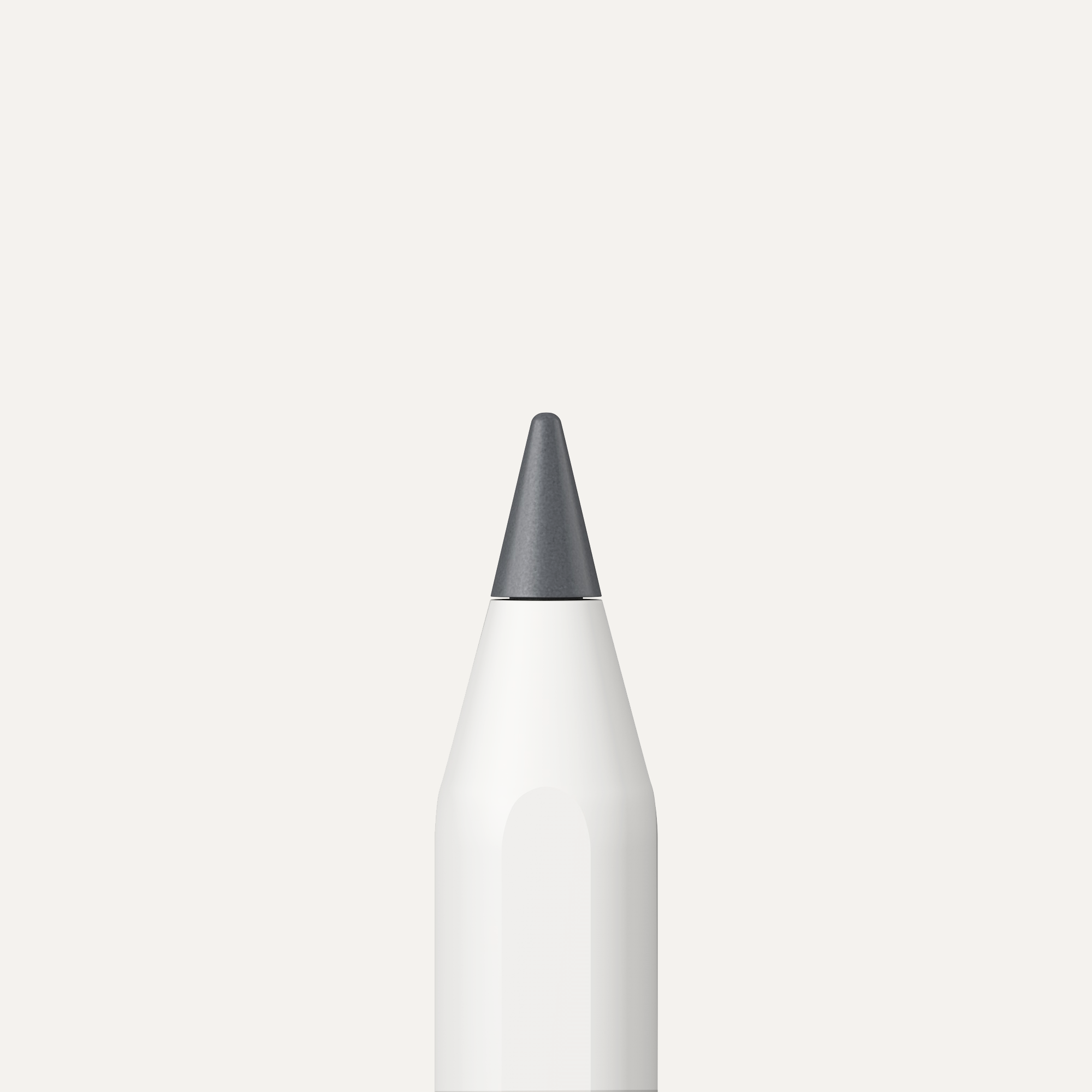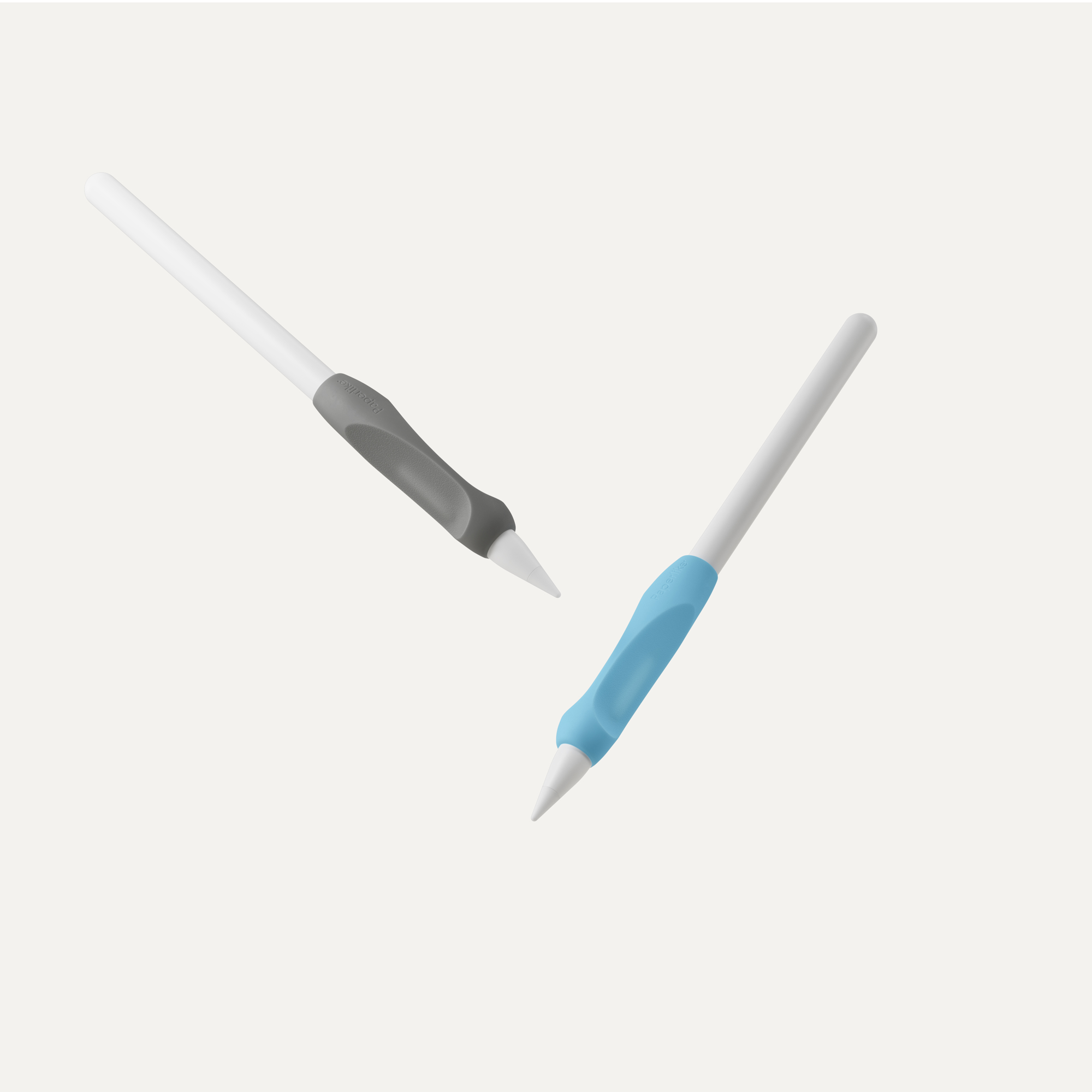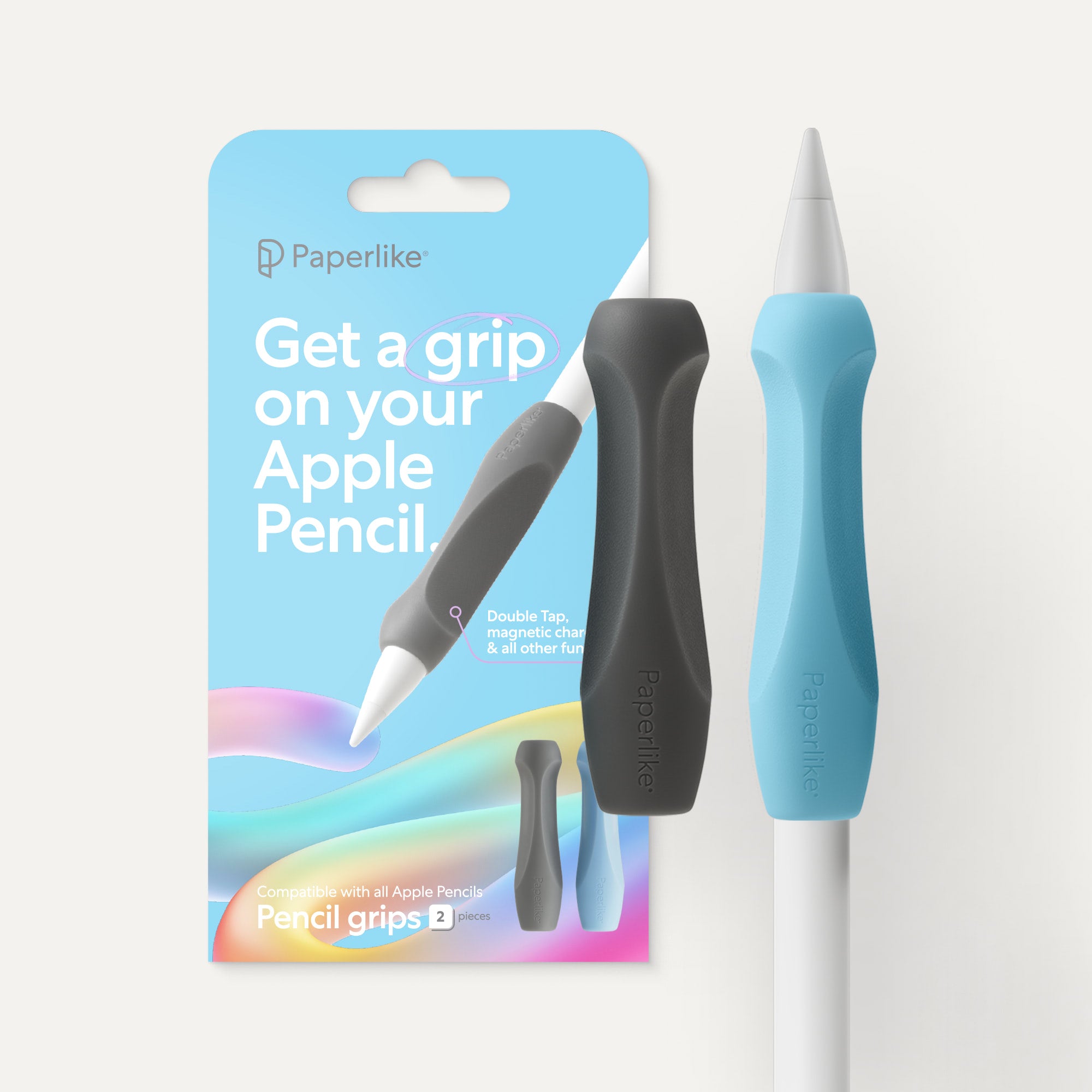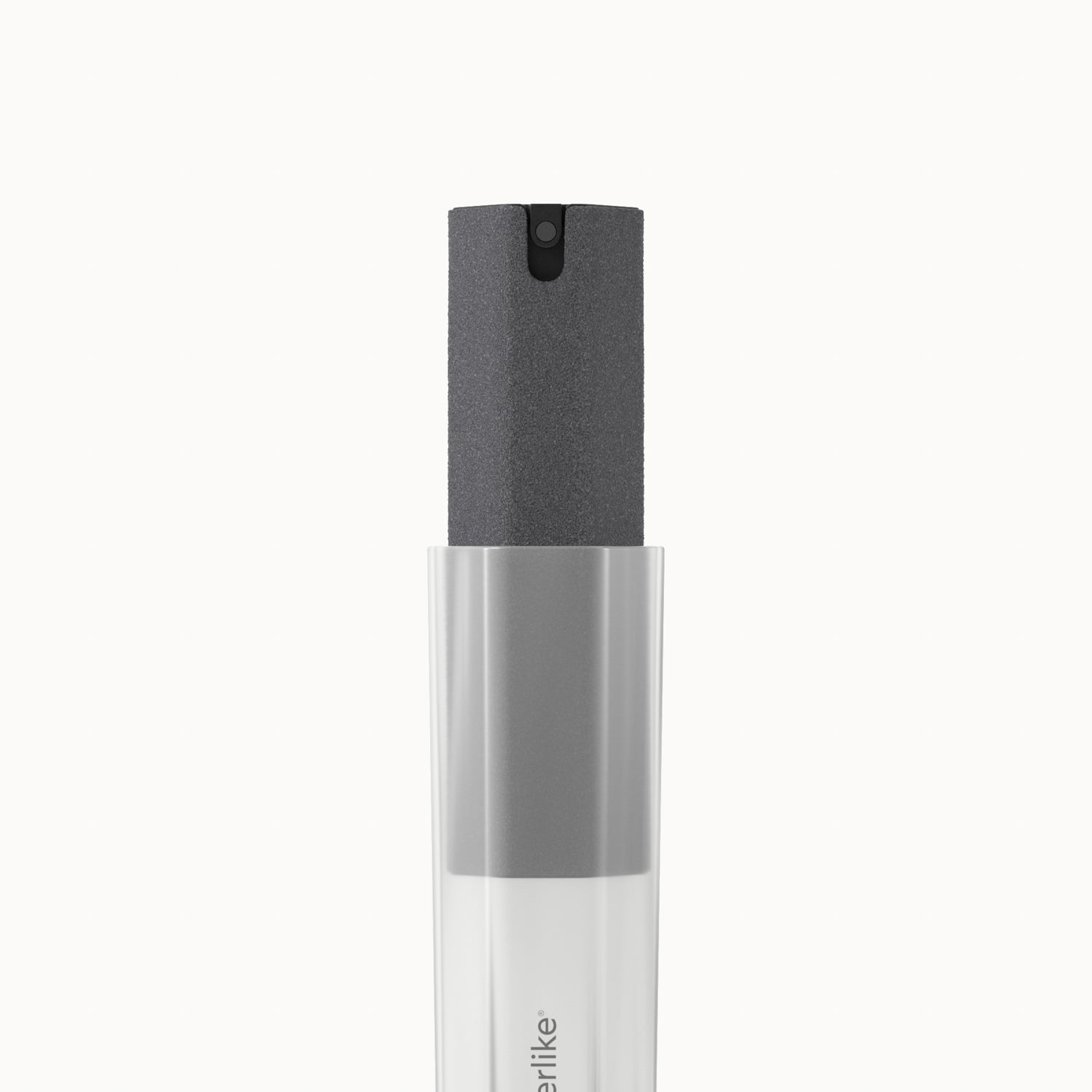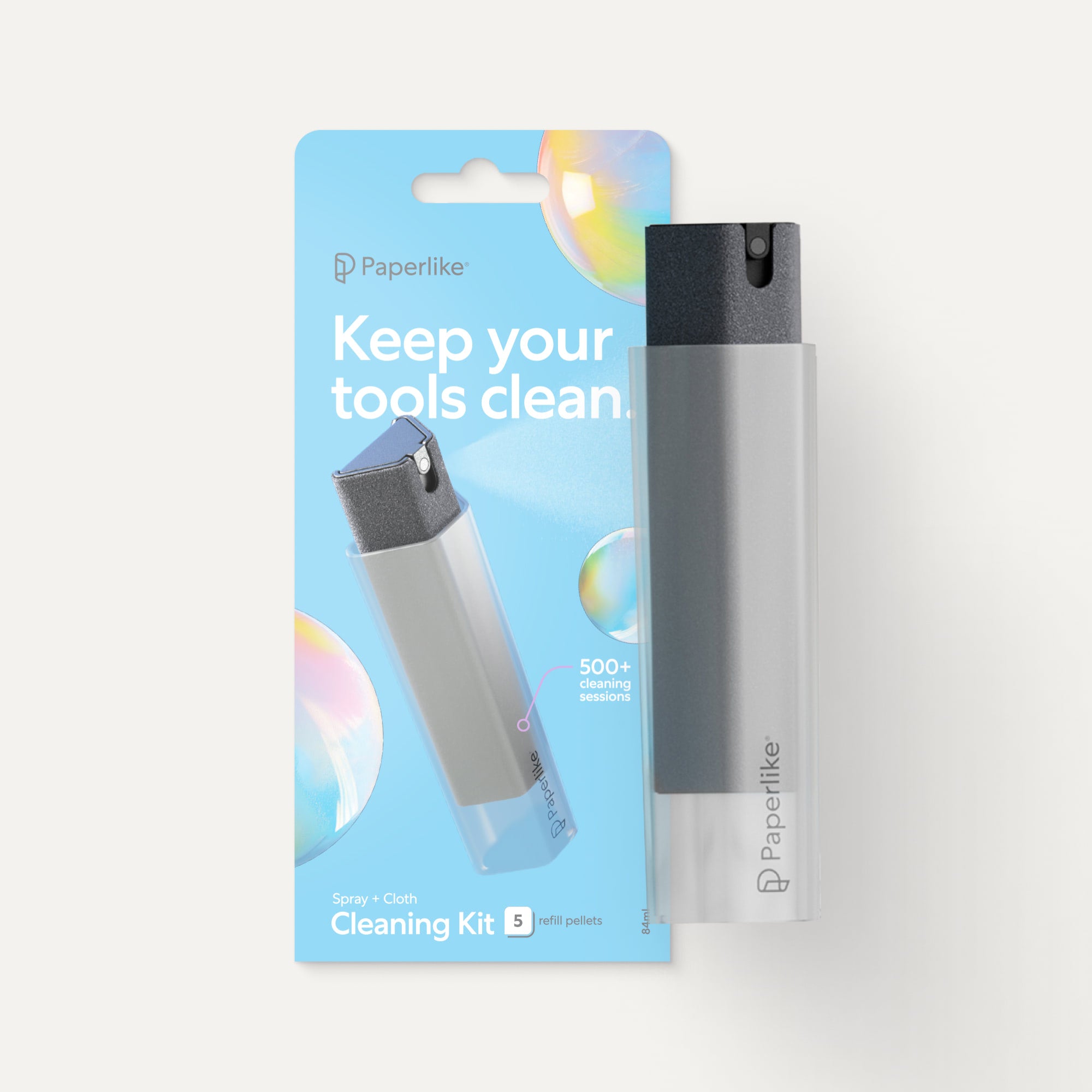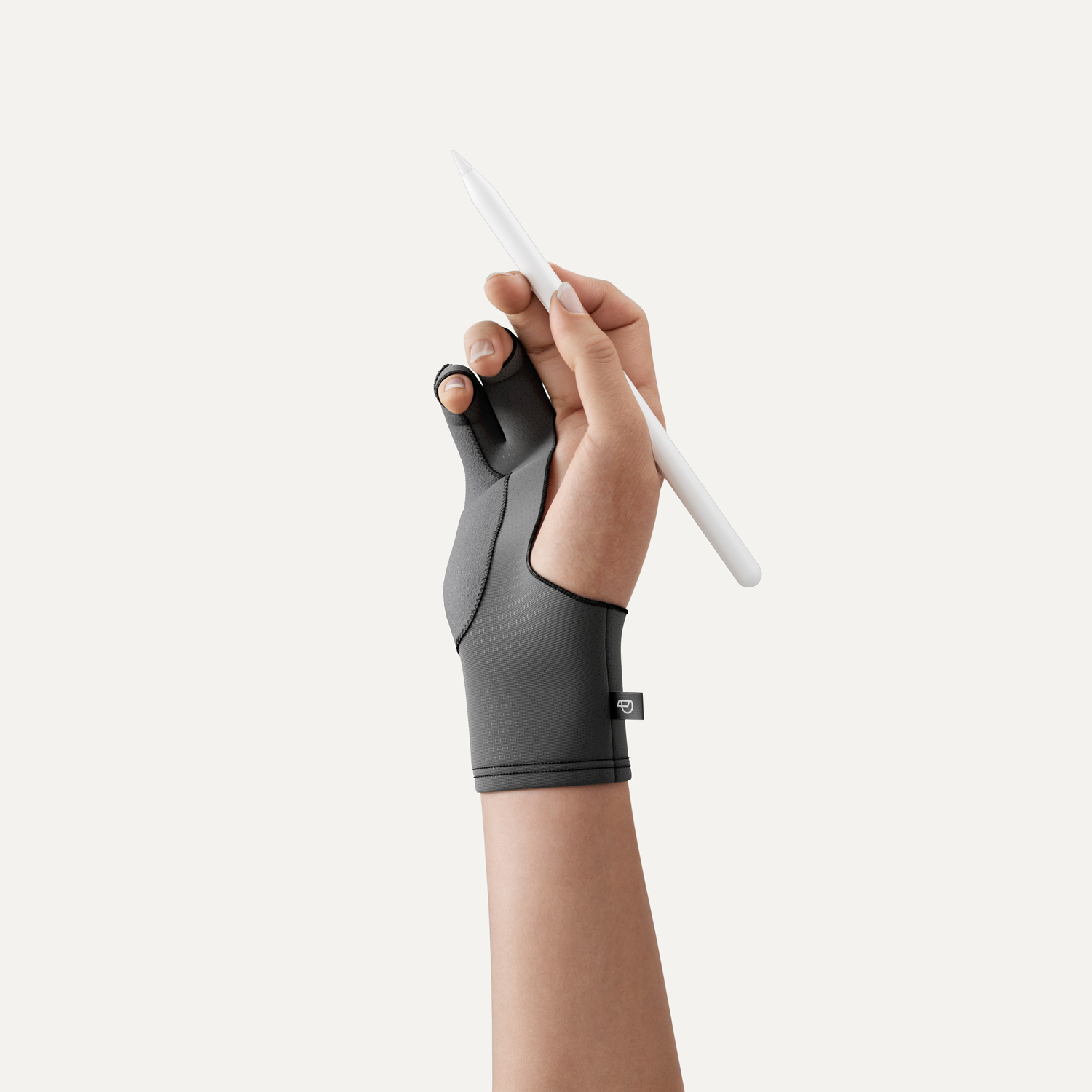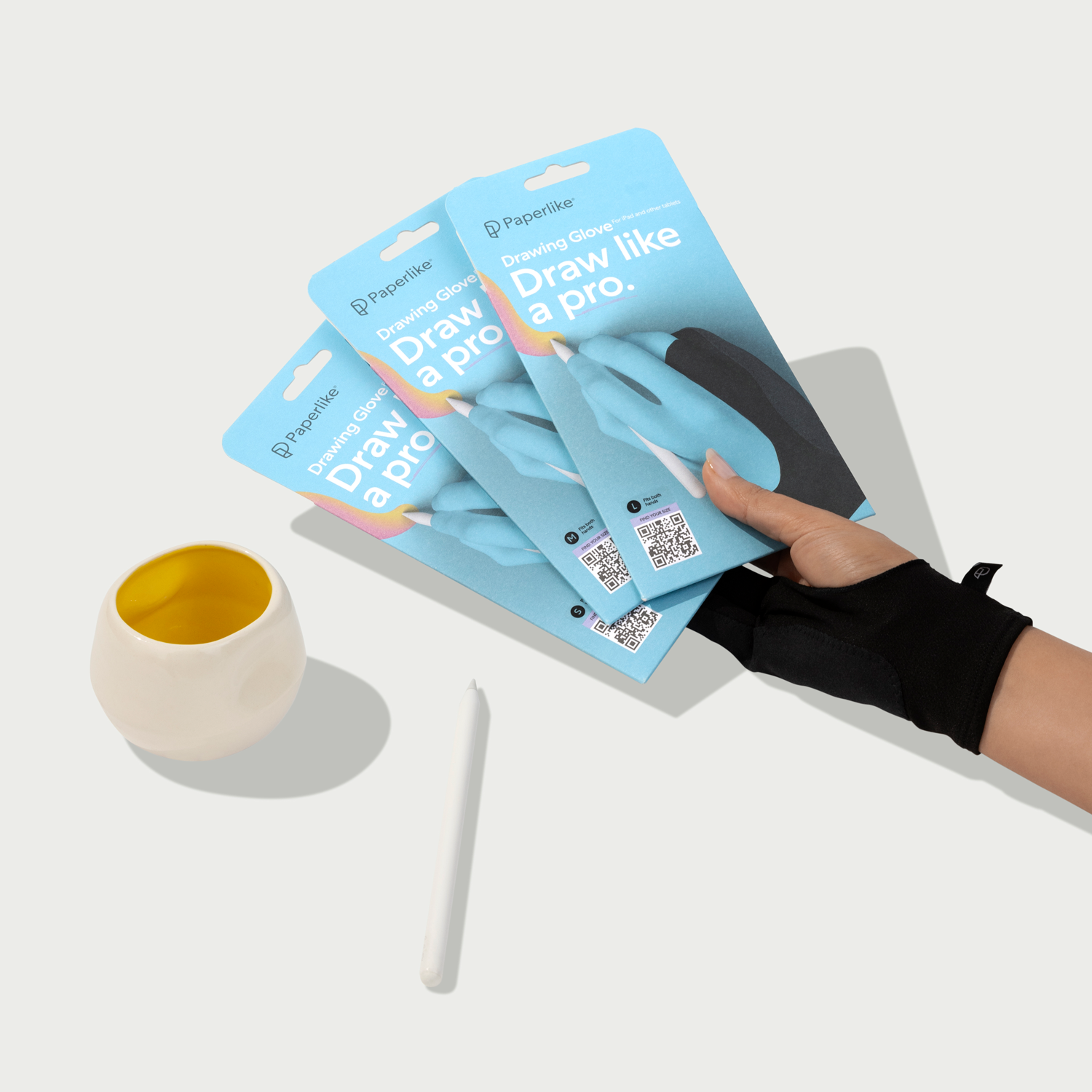Setting goals is easy. Reaching them? That's the hard part.
When I needed a way to stay aligned with bigger ambitions — while still managing everyday tasks — I turned to Objectives and Key Results (OKRs).
Turns out, a little structure goes a long way.
About Objectives & Key Results (OKR)
I wanted a method that would help me align my work with bigger goals. Enter Objectives and Key Results (OKRs).
OKRs are a goal-setting framework used by companies like Google and LinkedIn, but they work just as well for personal productivity.
The method encourages you to define big, ambitious goals (Objectives) and then break them down into measurable outcomes (Key Results) that will help you achieve them.
The concept:
- The Objective is the what — what you want to achieve. It should be inspiring and challenging.
- The Key Results are the how — specific, measurable actions that will get you to the finish line.
You’ll usually want about three to five key results per objective, and they should be quantifiable so you can track your progress along the way.
The goal: By combining aspirational objectives with concrete key results, OKRs help you stay focused on what matters most and give you a clear way to measure how far you’ve come.
(If you want to dive deeper into the method, you can check out Todoist’s guide or Atlassian’s blog post.)
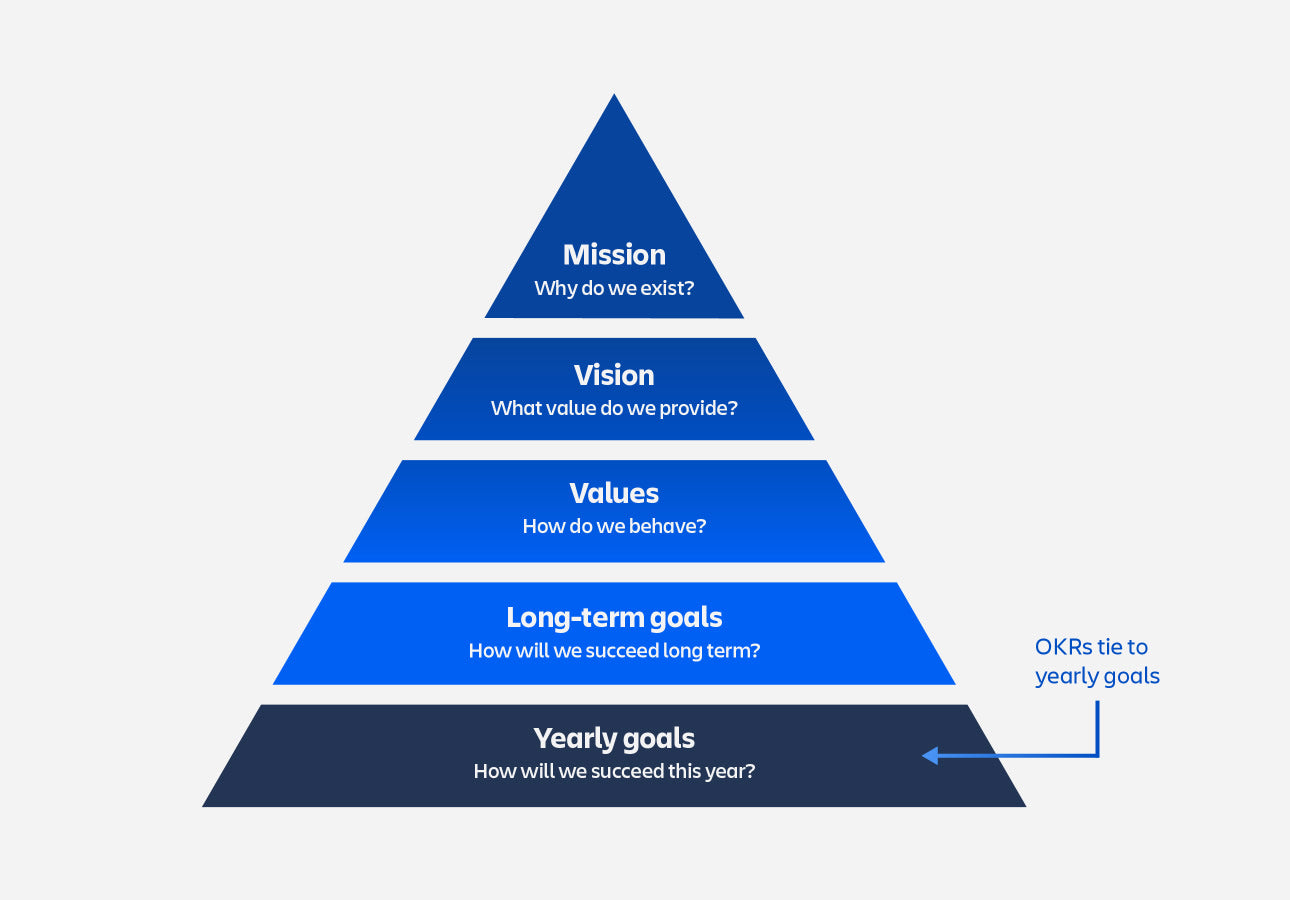
Setting my OKRs
I was excited to test this method because it seemed like a great way to bring clarity and structure to my work, especially when juggling long-term goals with daily tasks.
What was I aiming for? My main focus was to increase both personal and professional development.
I set an ambitious objective:
Objective: Improve my overall productivity and learning.
From there, I identified key results like:
- Complete two online courses relevant to my current role (tracked in a learning log).
- Read 15 minutes a day from a personal development book, 5x per week (using a habit tracker).
- Use a time-tracking app to log work sessions for two weeks, then identify three recurring low-priority tasks to automate, delegate, or drop.
- Summarize key learnings once a week in a short personal note or journal entry.
Putting the plan into action
The first step was setting up my OKR tracker. I used a simple spreadsheet to list my objectives and key results, with space to note my progress weekly.
I also used a basic habit tracker to log daily reading, and a time-tracking app to monitor how I was spending my work hours. Having all of this in place upfront gave me a strong foundation to build on.
The first couple of weeks went well. The habit tracker kept me consistent, and I finished the first course faster than expected. The reading goal was surprisingly grounding — 15 minutes a day was enough to feel productive without being overwhelming.

Time tracking, on the other hand, revealed more than I expected. I was spending way too much time on tasks that didn’t actually move anything forward. Identifying which ones to delegate or drop wasn’t quick, but it definitely paid off. I ended up batching certain tasks, unsubscribing from distractions, and streamlining a few repetitive parts of my workflow.
By the end, I hadn’t hit every single key result perfectly, but I had made real progress, and I had the data to prove it. More importantly, I felt like I had a clearer view of how I was spending my time and what needed to change going forward.
What worked and what didn’t
What worked? The structure helped me stay focused.
- The objective gave me a clear direction, while the key results broke it into doable steps.
- Having a habit tracker for reading made the process feel automatic.
- Weekly summaries helped me reflect without overthinking — and kept me accountable.
- The system made it easy to spot patterns and adjust mid-way through.
But what didn’t? A few parts of the system needed adjusting.
- Time tracking gave me great insight, but actually acting on that data took effort.
- I missed a few reading sessions and felt behind, which made me want to ditch the tracker altogether.
- Some results took longer than I expected, and I had to remind myself that progress still counts, even if every box isn’t checked.
Takeaway? OKRs work best when they’re flexible enough to evolve as you go.
Final thoughts
OKRs helped me reconnect with long-term goals and build habits to support them. It wasn’t perfect, but the progress felt real and measurable.
If you’re looking for a method that pushes you to stay focused and finish what you start, OKRs are absolutely worth trying.
Pick one bold objective, break it into specific results, and keep checking in.
And if you’re planning, tracking, or reflecting on your iPad, make sure it feels just right.
A Paperlike Screen Protector adds friction and control so writing, sketching, or logging progress feels more like pen on paper and a lot less like sliding across glass.


